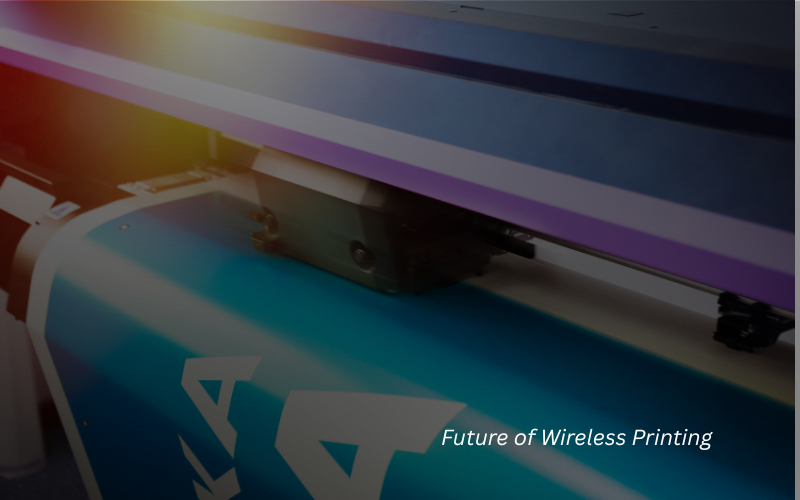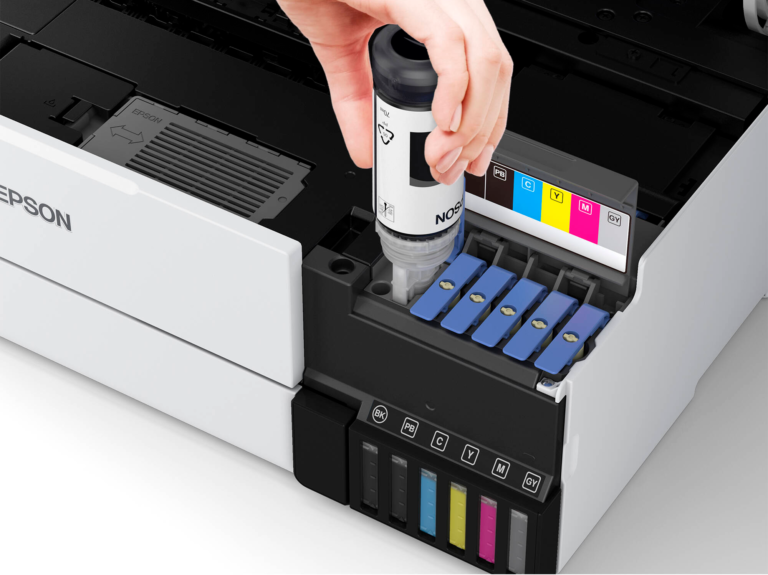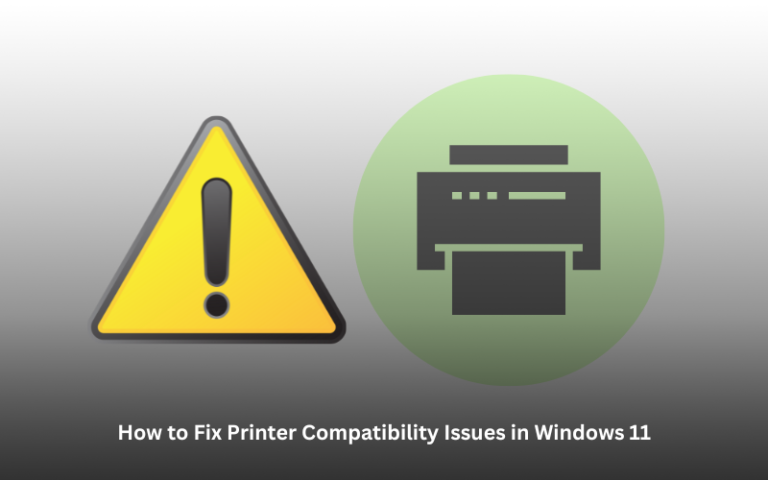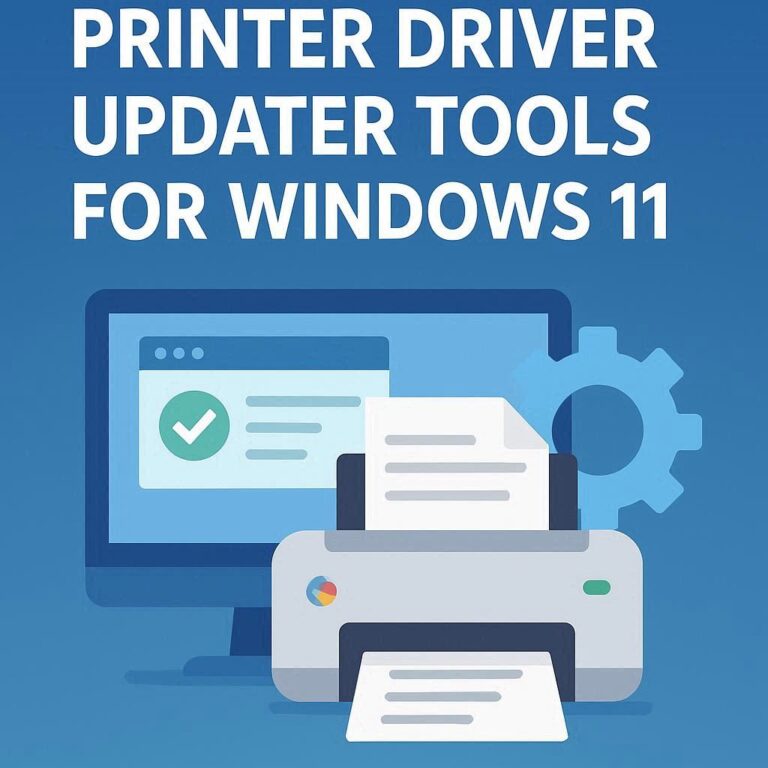What’s Next After AirPrint? Future of Wireless Printing
Wireless printing has come a long way since the early days of cable-tethered print jobs. With the rise of cloud computing and mobile-first workflows, wireless printing has become an essential feature in both homes and business environments. Apple’s AirPrint revolutionized wireless printing by enabling effortless printing from iPhones, iPads, and Macs—no drivers or cables required. But as user demands grow and technology evolves, the future of wireless printing extends far beyond AirPrint.
In this article, we’ll explore the evolution of wireless printing, review the role of AirPrint, examine its limitations, and dive deep into what’s next—cutting-edge innovations shaping the future of wireless printing technology.
Quick Navigations
- 1 The Rise of Wireless Printing: A Quick Overview
- 2 Understanding AirPrint: What It Does Right
- 3 The Limitations of AirPrint
- 4 Emerging Trends in Wireless Printing Technology
- 5 Security in the Future of Wireless Printing
- 6 Comparing AirPrint with Emerging Alternatives
- 7 What the Future Holds for Wireless Printing
The Rise of Wireless Printing: A Quick Overview
Before AirPrint, printing was largely a desktop-bound activity that required direct physical connections between the computer and the printer. USB and Ethernet were standard, and printer setup often meant dealing with driver discs and installation wizards.
Key Milestones in Wireless Printing History
| Year | Innovation | Impact |
|---|---|---|
| 2001 | Wi-Fi enabled printers | Allowed printing without direct connection |
| 2005 | Google Cloud Print introduced | Enabled remote and cross-platform printing |
| 2010 | Apple launches AirPrint | Seamless printing from iOS/macOS devices |
| 2020 | Google Cloud Print discontinued | Shift toward local/cloud hybrid models |
| 2024+ | AI-integrated and app-connected printers | Smarter, faster, more secure printing options |
Understanding AirPrint: What It Does Right
AirPrint is Apple’s proprietary wireless printing protocol built into macOS, iOS, and iPadOS devices. It allows users to print directly from their Apple device to any AirPrint-compatible printer on the same Wi-Fi network—no additional software or driver installation required.
Benefits of AirPrint
- Driverless Printing: Eliminates the need for third-party software.
- Seamless Discovery: Uses Bonjour protocol for automatic printer detection.
- Native Integration: Works effortlessly across Apple apps and devices.
- Secure & Encrypted: Supports enterprise-grade WPA3/WPA2 encrypted Wi-Fi connections.
Use Case Scenarios
- Printing documents directly from Safari or Mail.
- Sending invoices from an iPad in a retail environment.
- School printing from iPhones and iPads without IT intervention.
The Limitations of AirPrint
Despite its strengths, AirPrint is not a perfect solution for everyone. It is limited by platform compatibility and network restrictions.
Top Limitations
- Apple Ecosystem Dependence – Android and Windows users are left out.
- No Remote Printing – Both the device and printer must be on the same local network.
- Limited Advanced Settings – No granular control over print quality, duplexing, or color adjustments in many cases.
- Bonjour Discovery Issues – Bonjour (mDNS) is blocked in many enterprise networks, leading to device detection failures.
Actionable Tip:
If you’re struggling with AirPrint printer detection, ensure both your printer and Apple device are connected to the same subnet, and enable Bonjour/mDNS support in your router/firewall settings.
Emerging Trends in Wireless Printing Technology
As we move forward, wireless printing is undergoing rapid transformation. With smart homes, cloud infrastructure, AI, and mobile-centric designs, the future is shifting toward intelligent, secure, and app-controlled printing ecosystems.
1. Cloud-Native Printing Services
With the discontinuation of Google Cloud Print, several cloud-based alternatives have emerged:
- Microsoft Universal Print
- HP ePrint / HP Smart App
- PaperCut Mobility Print
- Epson Connect
- Canon Print Cloud
Benefits of Cloud Printing:
- Enables remote printing from anywhere in the world.
- Supports multiple operating systems and platforms.
- Allows centralized print management for IT departments.
2. Mobile and App-First Printing Solutions
Modern printers are increasingly integrating with mobile apps that offer robust controls, notifications, and even print previews.
Examples of App-Centric Printing:
- HP Smart App – Scan, copy, fax, and print with full controls.
- Canon PRINT Inkjet/SELPHY – Edit and print photos from smartphones.
- Epson iPrint – Access cloud storage for on-the-go printing.
Actionable Tip:
Always use the official app from your printer manufacturer. Third-party apps may not offer full functionality and could expose your data to security vulnerabilities.
3. AI-Driven Print Optimization
Artificial Intelligence is making its way into printers for smarter usage analytics, print job prediction, and ink management.
Key Features:
- Predictive Maintenance Alerts
- Smart Ink Reordering
- Automatic Print Queue Management
- Eco-Friendly Settings Based on User Behavior
These enhancements not only reduce costs but also improve operational efficiency, particularly in enterprise environments.
4. Voice-Activated Printing
Voice assistants like Amazon Alexa, Google Assistant, and Siri are now being used to initiate print jobs.
Examples:
- “Alexa, print my calendar.”
- “Hey Google, print my shopping list.”
- “Siri, print my reminders.”
Voice-Compatible Brands:
- HP (with Alexa and Google)
- Canon (via IFTTT)
- Epson (via third-party integrations)
Security in the Future of Wireless Printing
With more wireless capabilities come more attack vectors. Protecting printing endpoints is now a critical element of cybersecurity strategy.
Potential Risks
- Unsecured Wi-Fi printing
- Print job interception
- Unauthorized access to confidential data
- Firmware vulnerabilities
Best Practices for Wireless Print Security
- Use WPA3 encryption for Wi-Fi networks
- Enable access control via MAC filtering or user authentication
- Update firmware regularly
- Disable unused ports/services on the printer (FTP, Telnet, etc.)
- Enable PIN or secure release printing
Comparing AirPrint with Emerging Alternatives
| Feature | AirPrint | Cloud Printing (e.g., Universal Print) | Mobile App Printing |
|---|---|---|---|
| Driverless Setup | ✅ | ✅ | ✅ |
| Platform Compatibility | ❌ Apple only | ✅ (Windows, Android, iOS) | ✅ |
| Remote Printing | ❌ | ✅ | ✅ |
| Enterprise Support | ❌ | ✅ | ⚠️ (Limited) |
| Advanced Print Settings | ⚠️ Limited | ✅ | ✅ |
What the Future Holds for Wireless Printing
The next wave of printing technology will revolve around interoperability, remote access, cloud security, and AI-driven functionality. We can expect printers to become:
Cloud-native by default
Fully integrated into smart homes and offices
Self-monitoring and self-healing
Interfaced with digital ecosystems like CRMs, ERPs, and cloud drives
Explore more in-depth guides on wireless and printer technology:
- Is AirPrint Secure? Understanding Risks and Fixes
- AirPrint vs. Google Cloud Print: Security Compared
- How to Set Up Wireless Printing on Any Device
Conclusion
AirPrint opened the door to driverless, wireless printing, and while it remains a vital part of Apple’s ecosystem, the future of wireless printing is expanding well beyond its limitations. As users demand cross-platform compatibility, cloud access, mobile convenience, and bulletproof security, the industry is responding with cutting-edge innovations.
Whether you’re an IT professional managing dozens of printers or a home user seeking seamless mobile printing, understanding where wireless printing is headed will help you choose the right tools today—and prepare for what’s coming next.
From AirPrint to AI, the future of wireless printing is already here.







